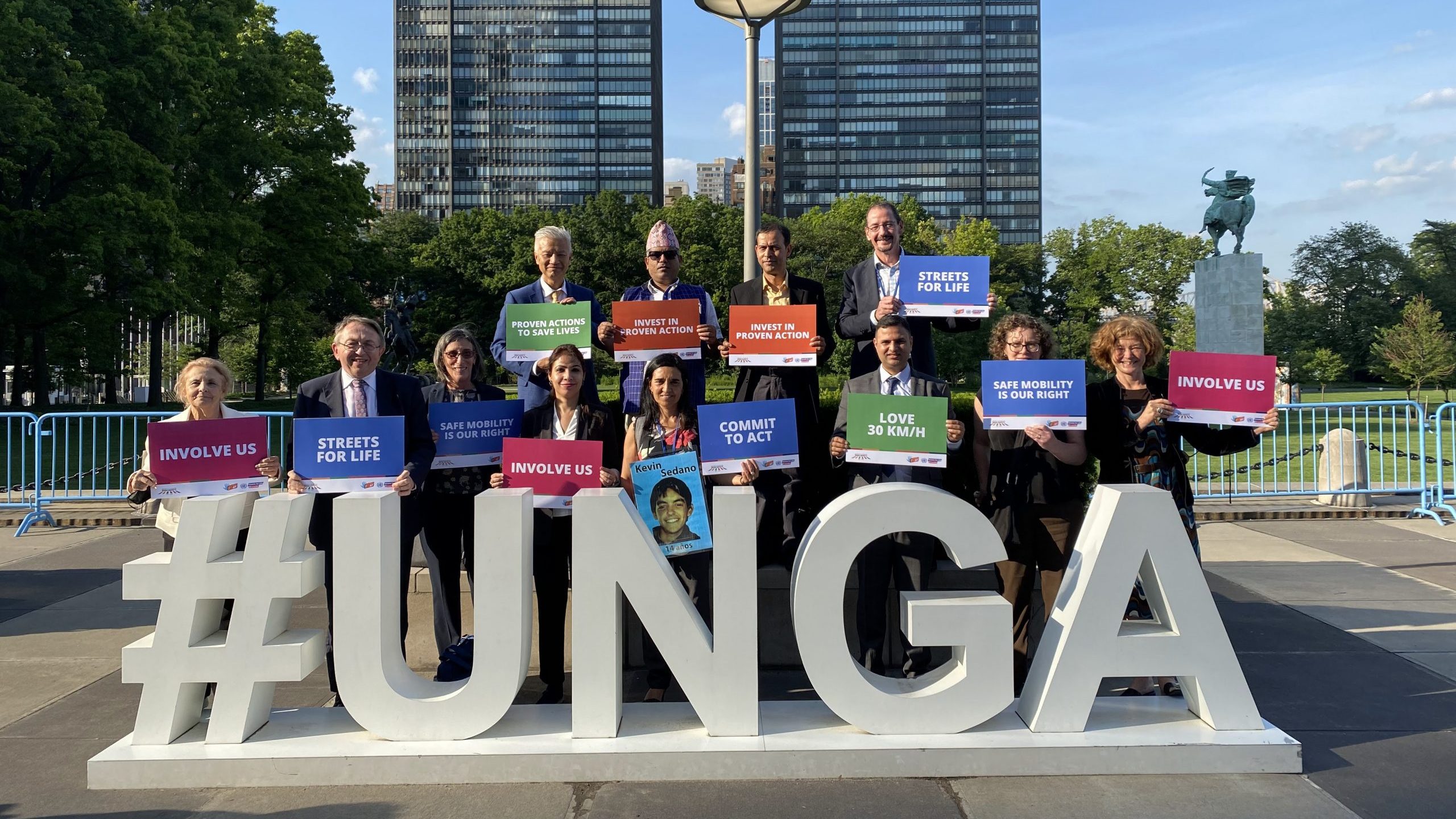
Updated 30 August 2023
2023 marks the midpoint from the 2015 launch of the Sustainable Development Goals (SDGs) to their 2030 target date. According to a preliminary assessment of around 140 targets for which data is available, only 12% are estimated to be on track.[1]
On 18 and 19 September 2023, the UN General Assembly will hold an SDG Summit at the UN Headquarters in New York. The Summit will be a checkpoint to review progress from the first half of the Sustainable Development Agenda and to accelerate progress for the second half, calling on countries to mobilize specific commitments to achieve the SDGs and to address the challenges that are putting the targets at risk.
You can find the program for the Summit HERE.
The SDG Summit is aimed at UN Member States. All Member State countries have been invited to attend the summit in a letter sent by the UN Secretary General to their country’s mission to the UN from the President of the UN General Assembly. Read the letter HERE.
The invitation letter encourages countries to announce national and global commitments to SDG Transformation at the Summit and to register their commitments on the SDG Summit Acceleration and Accountability Platform (HERE). They will be encouraged to report on implementation of these commitments through existing processes including the Voluntary National Review Process held annually at the High-level Political Forum in June every year.
A set of high impact initiatives have been published to support the Summit and countries’ commitments. These have been identified to accelerate SDG action. Read about the high impact initiatives HERE.
A political declaration is being negotiated in the run up to the Summit that will be adopted by Member States during the Summit. The political declaration reaffirms countries’ commitment to achieving the SDG agenda by 2030. You can read the draft version HERE.
Ahead of the summit, a SDG Action Weekend has been organized on the 16-17 September, to enable civil society, private sector, youth, and academia to participate and mobilize action. Read more HERE.
Road safety is represented in two SDG targets, 3.6, to halve road deaths and injuries by 2030, and 11.2 to provide safe, affordable, accessible, sustainable transport for all. More than that, safe roads are an enabler to a number of other SDGs including those related to education, equity, decent work, and climate action.
However, despite the role of mobility in the SDG agenda, road safety and safe mobility are not mentioned specifically in the political declaration or the high impact initiatives.
Despite road safety not being specifically addressed, there are several ways that NGOs can use the SDG Summit in their advocacy:
Read more about the SDG Summit HERE.
[1] https://www.un.org/sustainabledevelopment/blog/2023/07/press-release-ahead-of-sdg-summit-in-september-countries-commit-to-scaling-up-action-to-deliver-on-the-sustainable-development-goals/